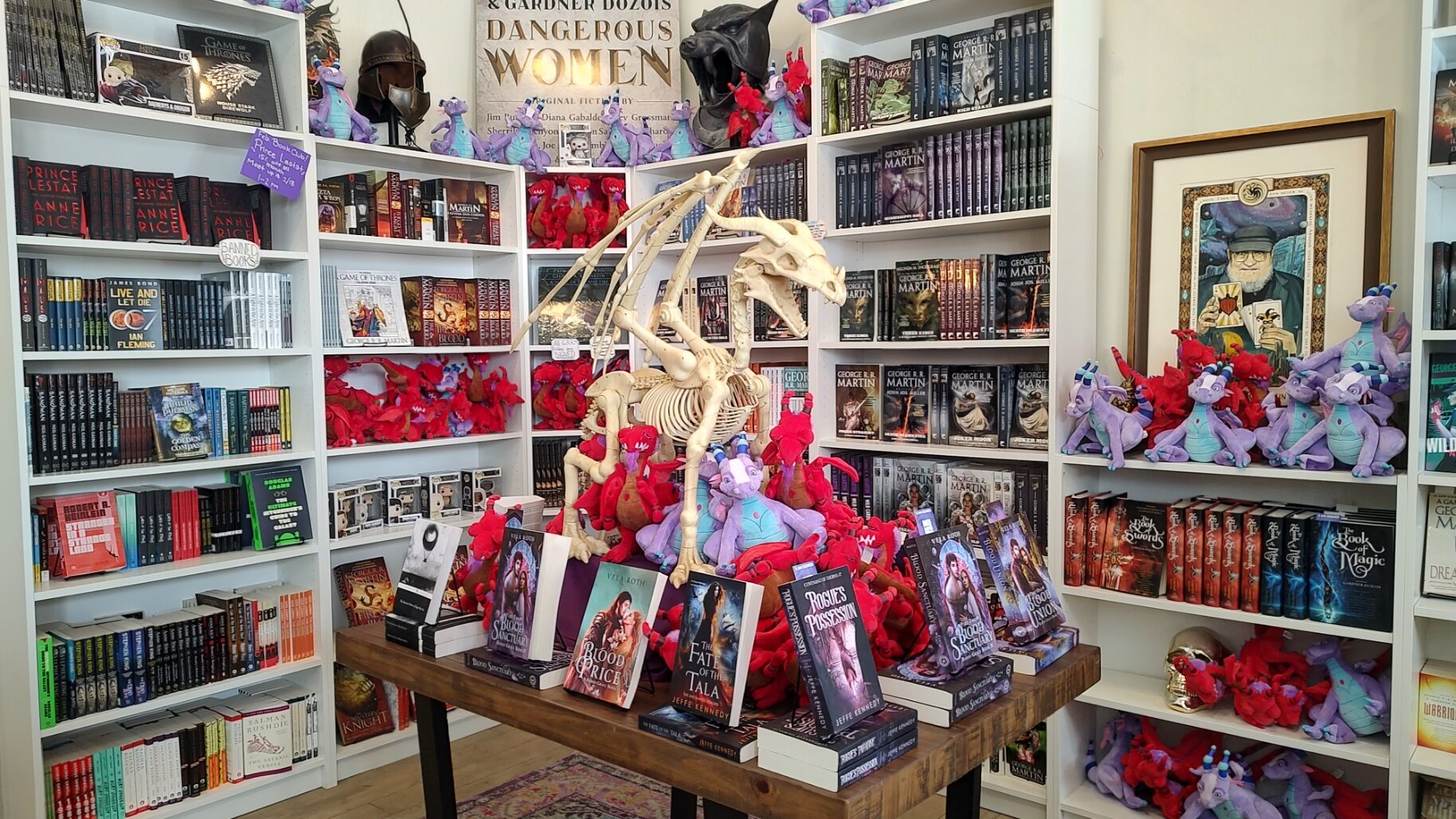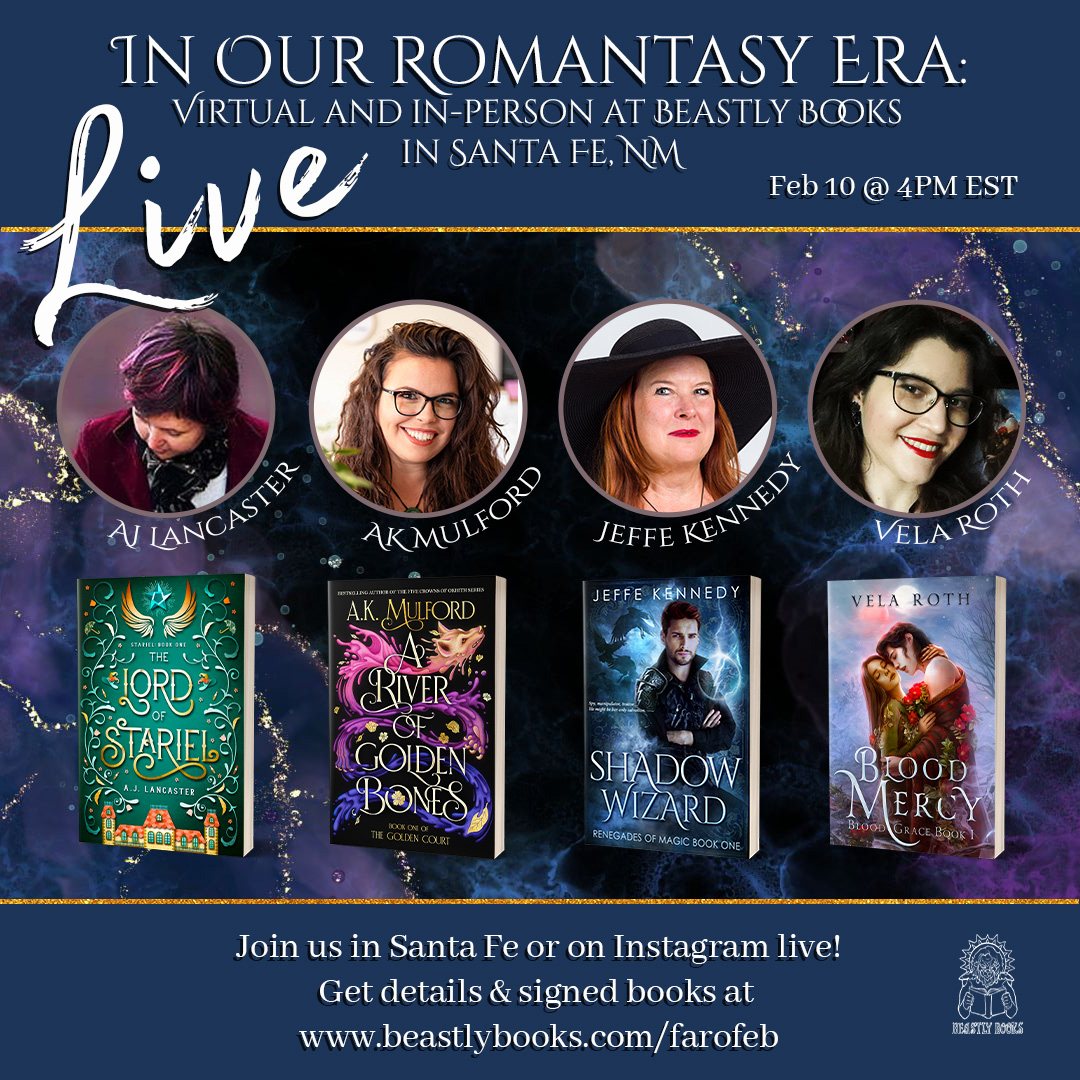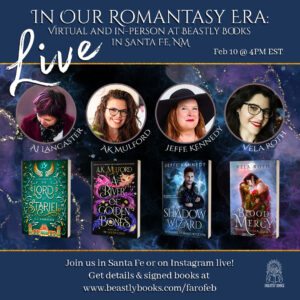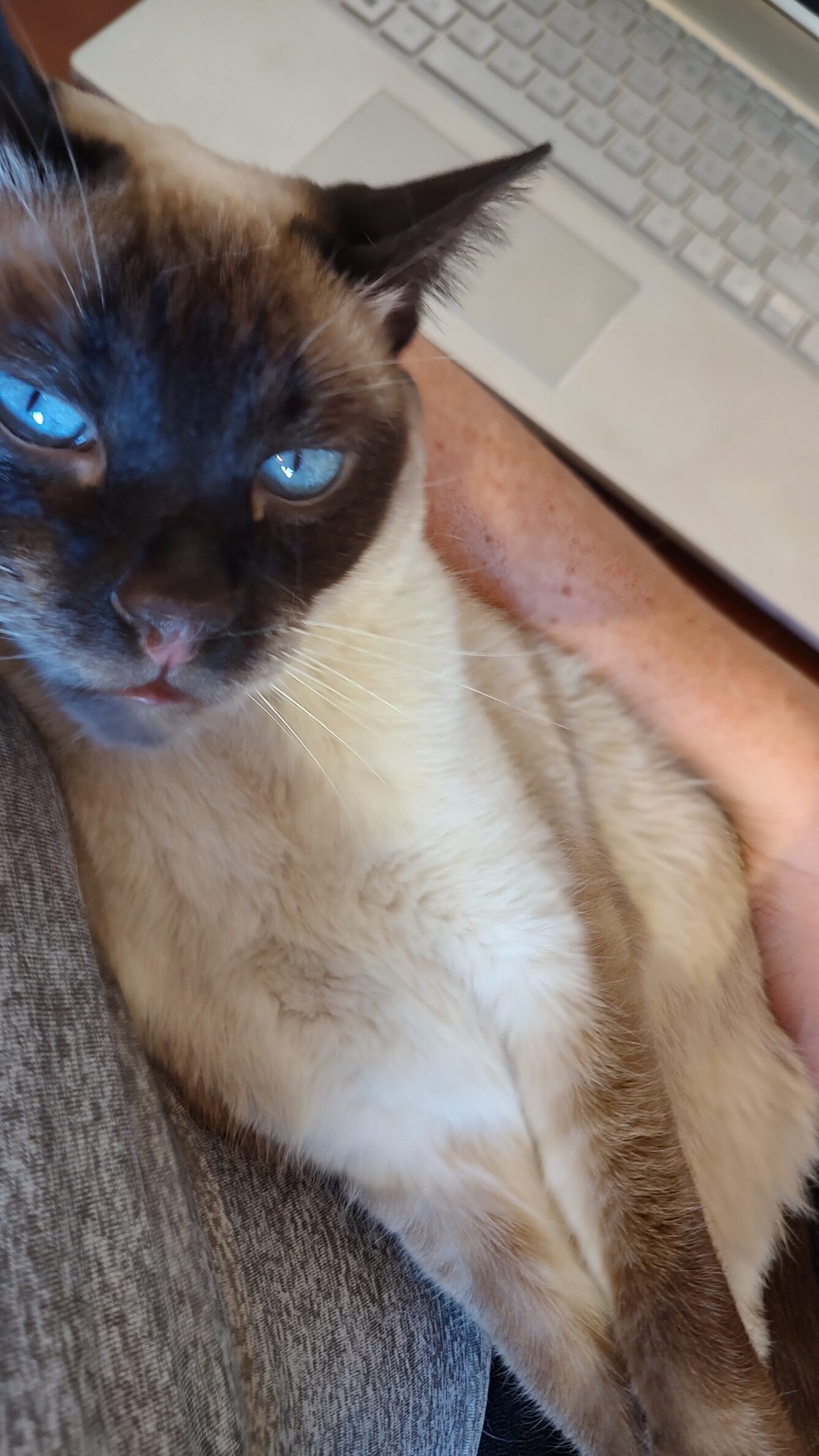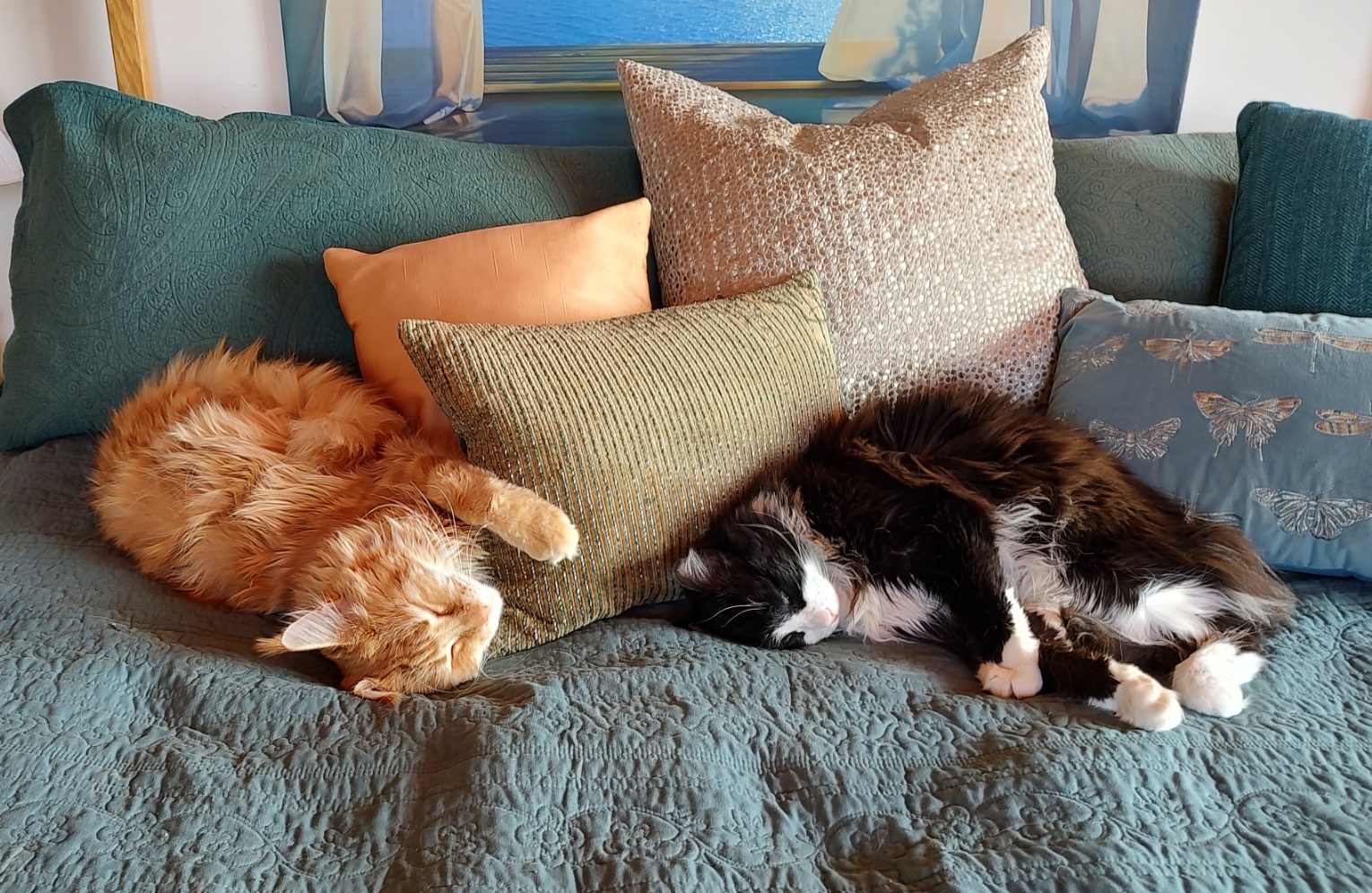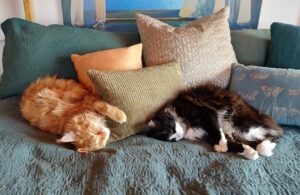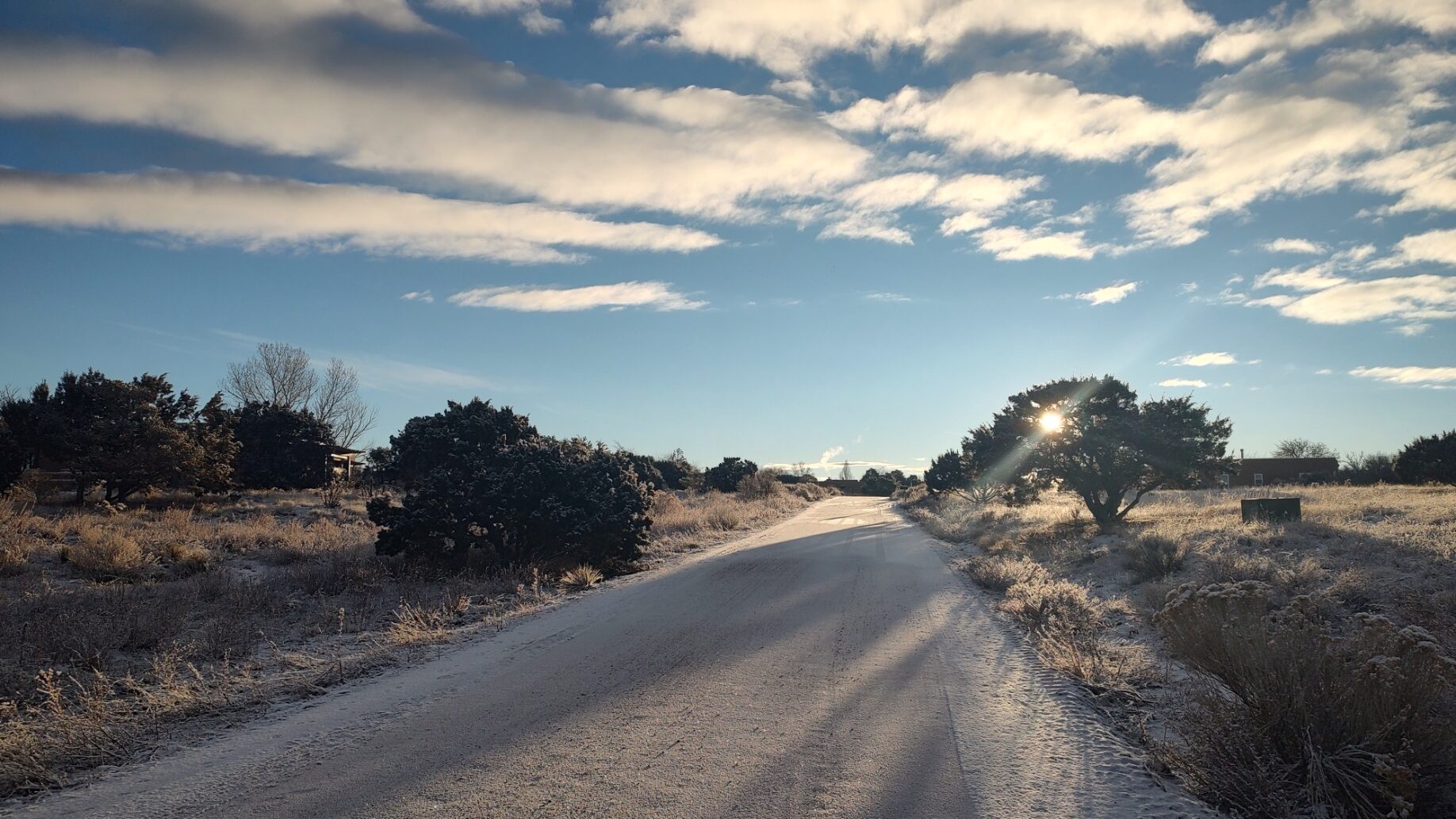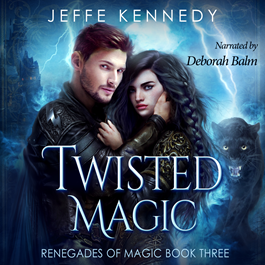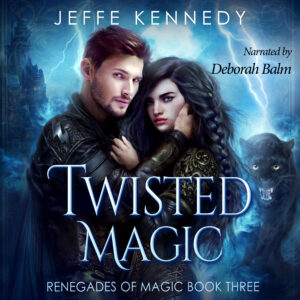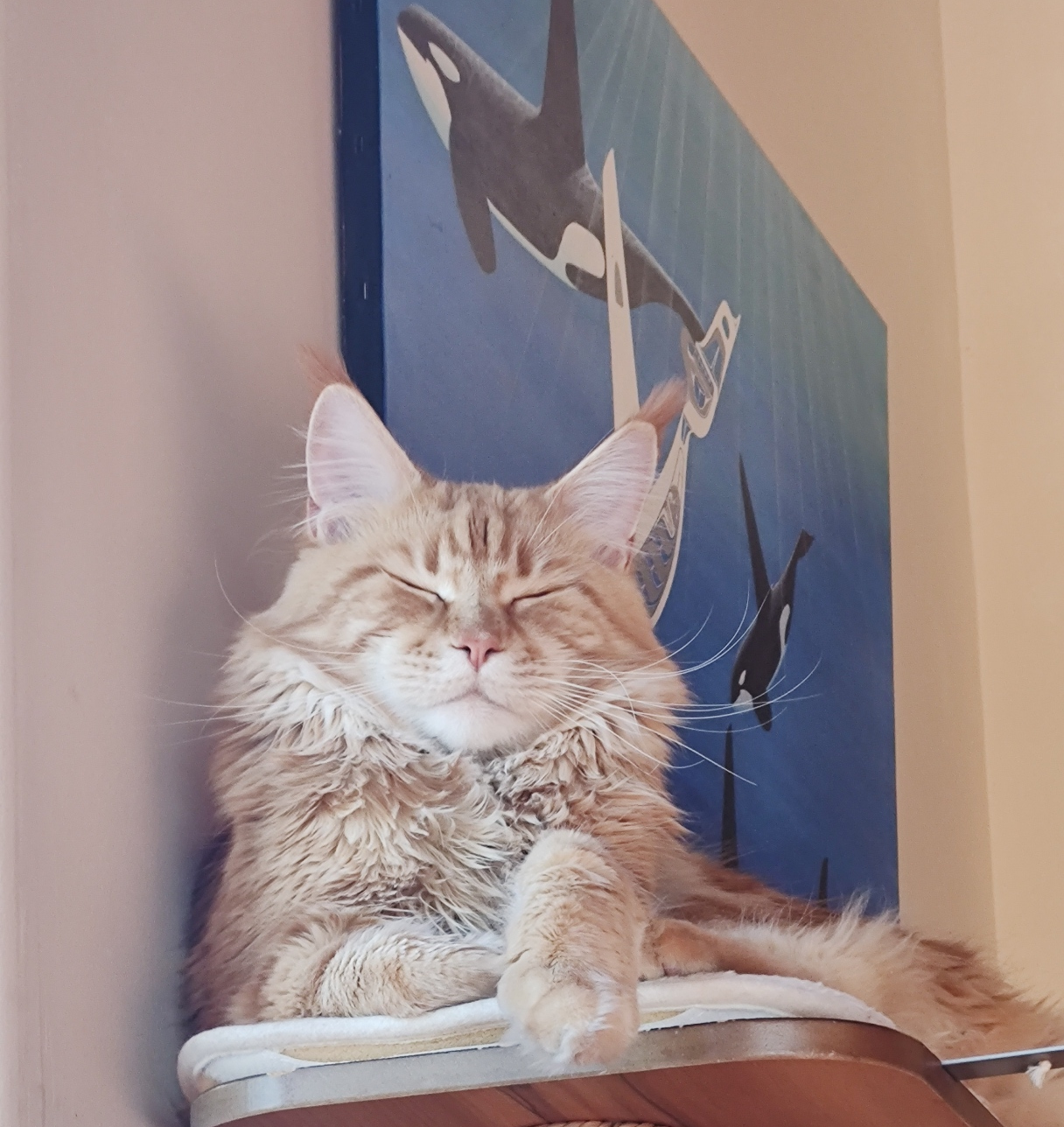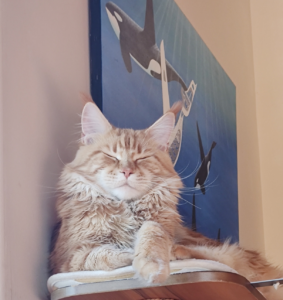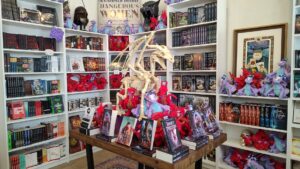
We had big fun at Beastly Books yesterday celebrating FaRoFeb! The delightful Vela Roth came up from El Paso, and A.K. Mulford and A.J. Lancaster joined us online from down under. The panel was also broadcast on Instagram Live and you can find a recording of it on the FaRoFeb Instagram account.
Our topic at the SFF Seven this week is “How do you make your love scenes believable?”
By “love,” I assume the asker means sex – though how to make the confessional of heartfelt love feel earned and not pasted on or saccharine is an interesting question. But, in truth, the answer to both, or even really ALL scenes – love, sex, fight, daily conversation – believable is to ground them in character.
This is true whether you are a plot-driven or character-driven writer. Stories are about the emotions of the people in them – what they want, what they can’t have, what drives them to chase what they want anyway. So, a fight scene is never just about the choreography and who wins or loses. It’s about what that win or loss MEANS to the characters, what impact their injuries might have on them beyond the physical.
Likewise, a sex scene is never just about tabs and slots fitting together. It’s about emotional intimacy, what the sexual interlude means to the characters. It has nothing to do with whether or not multiple orgasms are believable or making first-time encounters awkward or including realistic body noises and accidental passing of fluids and gases. Those things might factor in if they relate to the characters’ emotional lives, but by themselves, they don’t change anything, one way or the other.
Because believability comes from emotional truth, regardless of everything else.
